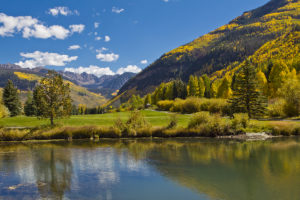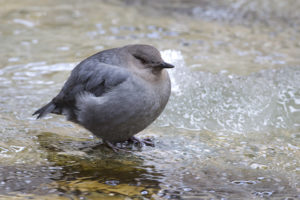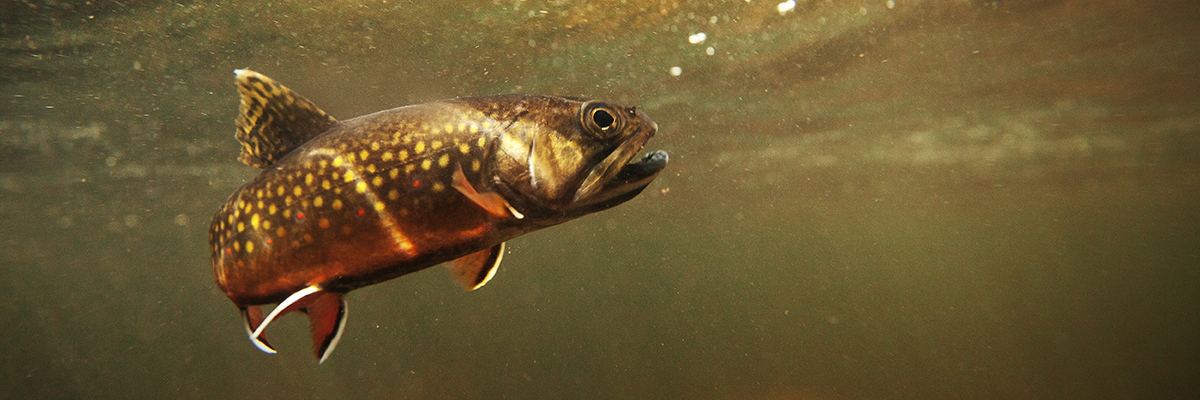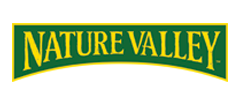Posted by: Tom Boyd
Efforts to restore Gore Creek in Vail are beginning to pay off
By Pete Wadden – Town of Vail
At first glance, Gore Creek appears pristine. This is one of the challenges Town of Vail and its partners face in raising awareness about pollution and land use changes that impact Vail’s main waterway. To a casual observer, the creek looks clean and clear. Under its gleaming surface though, scientists have discovered reason for concern. Gore Creek has been listed on the State of Colorado’s 303d list of impaired waterways since 2012. While the creek still boasts a Gold Medal fishery downstream of Red Sandstone Creek, an alarming trend has become apparent.

Between 2009 and 2015, six sites on Gore Creek regularly failed to meet state standards for aquatic life based on aquatic macroinvertebrate, or bug, populations. Macroinvertebrates like mayflies, stoneflies and caddisflies are highly sensitive to pollution, so their presence is a sign of a healthy waterway. In Gore Creek, and -to an increasing extent- the Eagle River, populations of these important insects have been dwindling.
In 2016, the Vail Town Council formally adopted the Gore Creek Strategic Action Plan; dedicating $8.5 million to bank stabilization, habitat improvement, stormwater filtration and public education over five years. This effort to Restore the Gore has been aimed at the main causes of impairment; increased impervious surfaces, untreated stormwater pollution, and loss of riparian habitat and chemical intensive landscaping practices. The impacts to Gore Creek are not coming from a single source. They are a cumulative result of factors that all members of the community contribute to.
The town has made big investments in improvements to stormwater filtration in recent years. Unlike sanitary sewers which are treated before water is discharged into Gore Creek, stormdrains flow into the creek untreated. In recent years, people have poured carpet cleaner, paint, cooking grease, cement and pool water down storm drains in Vail. These instances of egregious dumping can have lasting impacts on the bugs and fish in Gore Creek. Ongoing sources of pollution from road runoff including fuel, traction sand and deicer also contribute to the problem. The Town of Vail has undertaken several projects to reduce the flow of these pollutants into Gore Creek and its tributaries. The most visible of these projects to date will be completed near the East Vail I-70 Interchange this summer.
The other main causes of Gore Creek’s impairment have to do with land use and landscaping. An increase in impervious surfaces, such as sidewalks, roadways and rooftops, in the last 50 years has spread the flow off runoff water into stormdrains and waterways. Where there once were wetlands, willows and natural soils to filter meltwater, there are now gutters and culverts that speed the flow of runoff and increase the capacity of runoff water to transport pollution.

Efforts to restore native vegetation and reduce the use of landscaping chemicals are important throughout the watershed, but especially in areas close to waterways. The buffer of vegetation along a river or creek is called the “riparian zone.” This line of water-loving plants provides habitat for aquatic and terrestrial animals, prevents erosion, and shades the creek on hot summer days. In recent decades, the trend in landscaping in Vail has been away from native plants, with their deep roots and adaptations to thrive at high elevation in an arid environment, towards more Kentucky bluegrass and exotic ornamentals. These non-native plants struggle with the short growing season and infrequent rains on the slopes of the Rocky Mountains. As a result, landscapers and property managers need to use more fertilizer, more pesticides and more water to keep them healthy. This all has an impact on Gore Creek.
Fortunately, the Town of Vail and its partners have had success in changing landscaping trends and preventing dumping incidents that impact Gore Creek. Town-owned stream tract makes up 40% of the length of Gore Creek. This area is managed to help native vegetation thrive and is open to the public for creek access, wading, and fishing at designated locations. Private property owners and landscape contractors are doing their part as well. Homeowners Associations including Sundial, Village Center and Cedar Point Townhomes have partnered with the town and Eagle River Watershed Council to remove turfgrass, restore riparian buffers and implement creek-friendly landscaping practices.
All of these efforts have begun to pay off. While Gore Creek remains on the state’s list of impaired waterways, data collected in 2016 and 2017 showed a positive trend. Species of mayflies, stonesflies and caddisflies that hadn’t been observed in Gore Creek in a decade have begun to return. In recent years, only three of the sample sites on Gore Creek failed to meet state standards, down from a high of six sites in 2014 and 2015. Threats to water quality still exist and work remains to be done, but community efforts to Restore the Gore are beginning to pay off.
We are glad to say that the Vail Valley Foundation, which owns and operates the GoPro Mountain Games, has been an important strategic partner in this process. You can, too. Please respect our cherished local river and help us Restore the Gore.
Pete Wadden is the Watershed Education Coordinator for the town of Vail.
pwadden@vailgov.com
Share this Story:






















